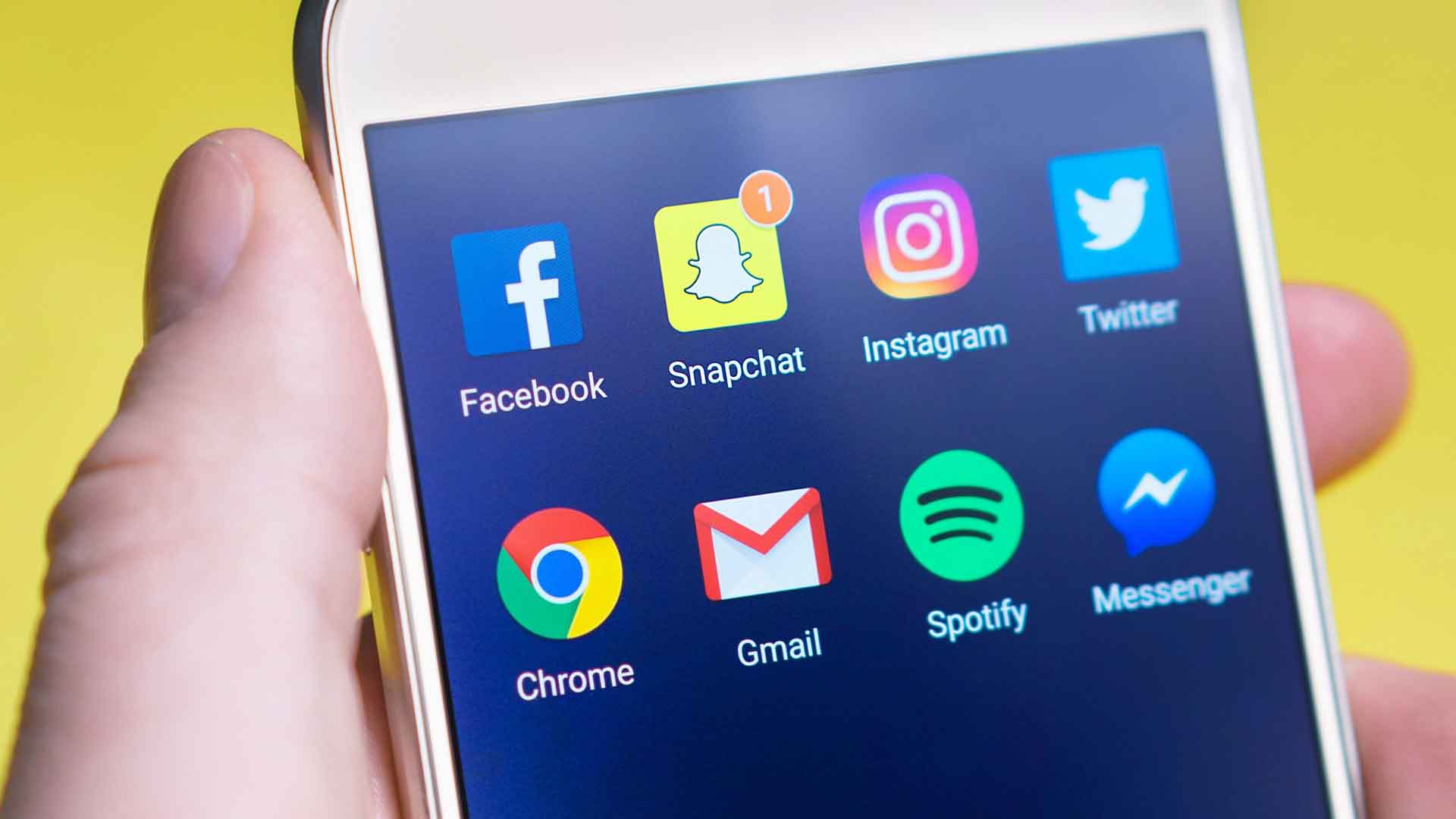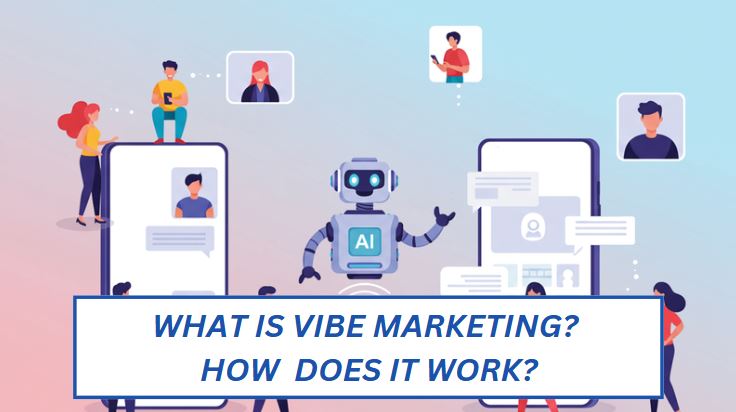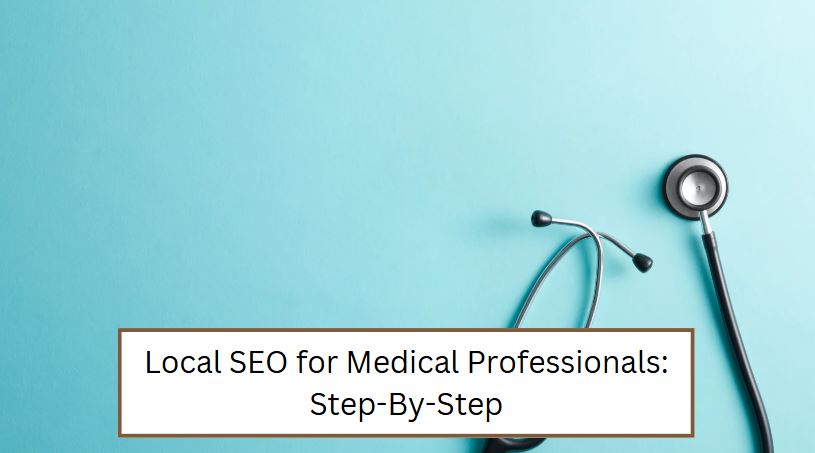Social media is a great way to scale your business. There are 3.6 billion social media users worldwide (Statistica) so incorporating social media into your businesses marketing strategy is a must! Social media not only helps your business raise their brand awareness, but also can help you understand who your target market is and what types of content they respond to best. Having an in-depth understanding of your target market is vital when trying to figure out where to best place your marketing efforts.
Most of what makes social media so good for business is less about how many users a platform has and more about the demographic data those users yield. Having data such as age, gender, profession, and location available allows your business to specifically target customers who are most likely to take interest in your products or services increasing your chances of a conversion.
So now that we know how social media can be a great tool for your business, let’s find out which social media platforms best suit your business.
B2B/B2C
A good place to start is knowing which type of business model you’re working with. We can split most businesses into business-to-business (B2B) or business-to-consumer (B2C) models. A B2B company primarily provides services or products to other businesses such as Microsoft Office. Whereas a B2C company aims to provide services or products directly to their consumers such as e-commerce companies like Amazon.
Some social media platforms are better suited to B2B and others to B2C. Whether your business relies on strong visuals or educational eBooks, were here to let you know which platforms your business will perform best on!
Facebook is the largest social media platform boasting 2 billion monthly active users (Business of Apps). It is one of the most profitable social media platforms but also one of the most versatile. The type of content a consumer will usually see from businesses on Facebook are image and video adverts, but it is also a great place to showcase upcoming events and give exclusive behind the scenes shots. Facebook offers plenty of opportunities to build on your customer relationship so if you’re looking to improve brand loyalty, we would recommend getting set up on Facebook.

One of Facebooks biggest assets is their Ads Manager platform. It is the area where you create, manage, and track your Facebook and Instagram ads. Being the largest social media platform, Facebook has the largest consumer market and the most extensive user data. This means businesses are able to target more specific audiences who are most likely to perform a purchase or a desirable action such as clicking through to your website. Facebooks extensive targeting options make it a great platform for both B2B and B2C business models because you can specifically target other businesses or individual consumers.
Key Demographics
- Monthly active users: 2 billion
- Largest age group: 25-34 (26.3%)
- Gender distribution: 44% female, 56% male
Instagram is a photo and video sharing platform that is owned by Facebook. You can take, edit, and publish photos and interact with other users through direct message or your comment section. Like Facebook, you can like, share, and save posts you enjoy for later.

Instagram is more image focused than Facebook so businesses that have aesthetically pleasing products often perform well. B2C e-commerce businesses in particular find that Instagram is a great platform to showcase their products. It is a little harder to advertise services on Instagram, but this is not to say that service-based businesses cannot utilise the platform. Instagram’s interaction tools make it a great platform for increasing brand loyalty and awareness – both of which are important aspects of an effective marketing strategy for both business models.
Key Demographics
- Monthly active users: 1 billion
- Largest age group: 25-34 (33.1%)
- Gender distribution: 57% female, 43% male
Twitter is a microblogging social media platform that allows members to upload short (up to 280 characters) posts called ‘tweets’. Other members can then interact with your posts through liking, commenting, or sharing (retweeting). You can upload images and videos, but the platform is primary for sharing text-based content.

Twitter is great for what the marketing world calls social listening. Social listening is where a company will look out for and respond to mentions of their brand, product/service, or competitors to increase their social media presence. Innocent Drinks does this brilliantly (see photo above). Innocent Drink’s witty approach to their twitter marketing is very popular and has gained them 300k followers. This exceeds their top competitor, Naked Juice, who have only 50k followers. Ultimately, Twitter is a great platform for both B2B and B2C businesses as it allows you to increase your brand awareness, establish a brand voice, and increase brand loyalty among existing and potential customers.
Key Demographics
- Monthly active users: 187 million
- Largest age group: 30-49 (44%)
- Gender distribution: 32% female, 68% male
LinkedIn is a social media platform that is primarily used for employment opportunities and professional networking. It is set up in a similar way to Facebook whereby you have your own profile filled with your personal details and you have a newsfeed consisting of posts from people in your ‘network’.

If you operate on a B2B model, LinkedIn is the perfect social media platform for you to use. Unlike other platforms such as Facebook or Twitter, when users are scrolling on LinkedIn, they are in ‘work mode’ meaning they’re more receptive to advertisements from other businesses. Not only this, but as LinkedIn is heavily focused on professional networking, you can target specific job titles or industries.
Key Demographics
- Monthly active users: 738 million
- Largest age group: 56-55
- Gender distribution: 51% female, 49% male
Summary
We’re not quite done yet! We want to leave you with a few tips to bear in mind before you start setting up your business pages…
- Don’t spread yourself too thin: If you are a relatively small business, only use 2 or 3 social media platforms. The key to social media success is providing valuable content and regular engagement so you’re much better off putting a lot of time into less platforms as opposed to not enough time into all the platforms.
- Pay attention to your target market: Take a look at your target market’s key demographics: their age, gender, and interests. Do your target markets demographics match up with the demographics of the platform you’re on?
- What platforms are your competitors using: Not only should you keep an eye on the platforms they use but also the type of content they post. Keeping up with your competitors ensures you won’t get left behind.
- New social media platforms: Always be on the lookout for emerging social media platforms to take advantage of before your competitors. The same goes for new features on existing platforms.
You’re all set! Just remember… social media platforms are ever-changing so whichever platforms you choose to be on, don’t forget to review your progress regularly – it is the only way to really be sure whether the changes you make are strengthening or hindering your social media presence!
Related Posts
What is Vibe Marketing? How Does It Work?
Marketing has evolved a lot in recent years, particularly because of artificial intelligence and automation.…
How to Grow a Catering Business
Growing a catering business is more than serving good food. It’s about working on your…
Local SEO for Medical Professionals: Step-By-Step
If you’re a healthcare provider, your customers are searching for services like yours. Local SEO…
Continue Reading Local SEO for Medical Professionals: Step-By-Step




